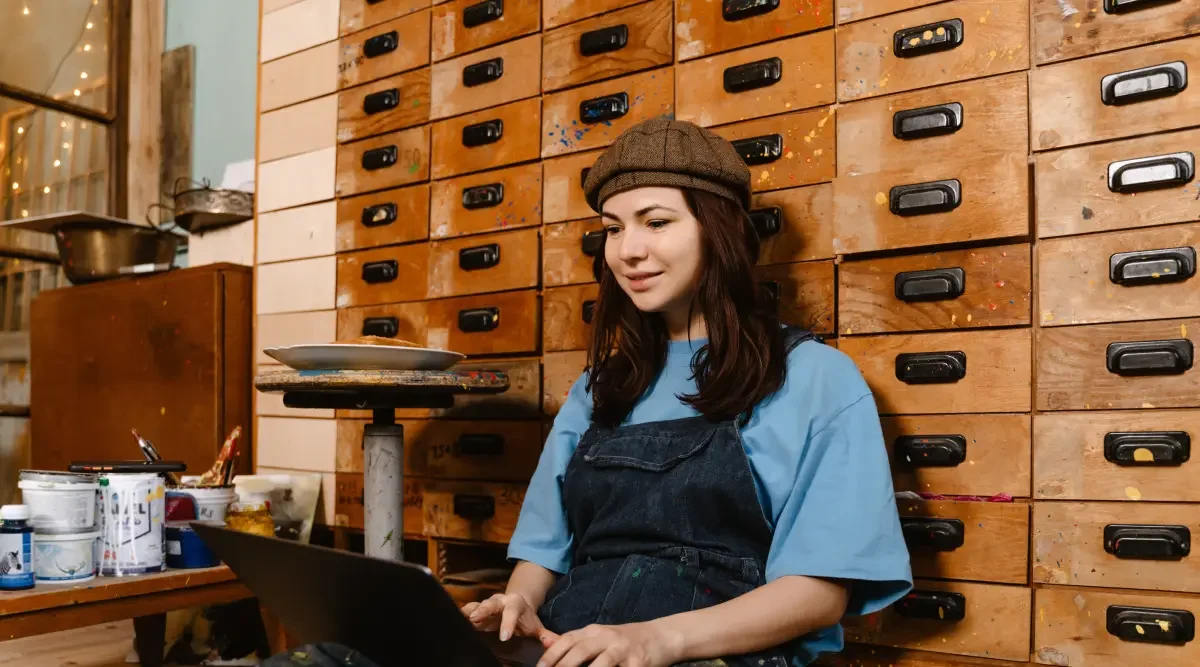The USPTO defines what needs to be included in a patent application. Utility, design, and provisional applications all require similar elements, but utility applications have the most requirements. The application must have a complete specification, drawings (if needed) and the filing fee, and an oath or declaration.

Oath or declaration
Under United States law, you must swear an oath before you file a patent. You must take the oath very seriously. The oath states you and any co-inventors actually invented the invention, that you have read the patent application and it is accurate, and that you will disclose to the patent office any and all information relevant to the patent. The oath must be signed by the inventor and notarized.
If you break your oath, then you are committing fraud. If you fail to make available all relevant information to the USPTO, then it is within their right to invalidate your patent—even if it has been issued. Before signing the oath: make sure the patent application is correct, includes the proper names of all the inventors, and that you are making available to the patent office any and all relevant prior art (previously patented inventions that are similar to your own) that you found in your search.
Applicant
For the private inventor, the applicant is the same as the inventor—you own your own patents. If you are an engineer for a company or a researcher at a university, then the company or institution likely owns your patents. Always take a moment and make sure that you and any of your co-inventors are not obligated to give their patent rights to an employer or a partner.
Specification
Both provisional and design patent applications require a specification, but the requirements for a utility application’s specification are far more numerous. The main parts of a utility application's specification are as follows: follows.
- Title: A good title is technically descriptive, identifies the field of the invention, and is brief.
- Related applications: If your patent application is related to a prior filing, like a provisional application, then you must identify it by its serial number.
- Abstract: A brief description of how the invention works. It must be less than 150 words, one paragraph, and on a separate sheet of paper.
- Background: In two parts, a description of the field of the invention and a description of the related art, which includes related patents and the problem that your invention solves.
- Brief summary: A longer summary than the abstract, the brief summary can describe the problems solved by the invention and should convey what the invention is and how it actually works.
- Brief description of drawings: A very short explanation of each drawing, such as “elevational view of the tool handle” or “diagram of the process to encrypt data.”
- Detailed description: The detailed description is the core of the specification and describes both the inventor’s preferred way to practice the patent as well as other ways of practicing the invention. A detailed description is a narrative that explains the drawings.
- Claims: Claims are on their own page and are where you stake out the novel part of your invention.
Claims
Claims are the most valuable part of the patent. If someone is making, using, selling, offering for sale, or importing your invention, as described by the claims of an issued patent, then that person is infringing your patent and has a big problem. You want to get claims that are as broad as possible.
A claim looks like a sentence but with lots of semicolons and indention. For example:
1. A device for opening a can comprising:
- a formed body with an ergonomic handle;
- a turnable dial connected to a bladed wheel; and
- a lever to eject a cut can.
The more limitations included in a patent claim, the more specific and harder to enforce the patent becomes. The claim above is an independent claim because it references no other claims. Alternatively, claims can reference earlier claims to further specify the invention. For example:
2. The device of Claim 1 further comprises an ergonomic sphere removably attached to the turnable dial.
A dependent claim adds focus to a patent application. You should use dependent claims to claim the preferred way of using your invention or to specifically describe other products that may infringe your patent.
Drawings
Patent drawings are not required for a patent filing but the examiner may require the inventor to submit drawings if the nature of the invention is such that drawings would help the examiner understand the invention. Drawings must meet certain standards:
- Drawings should be in black and white
- The lines must be solid and clear
- The USPTO requires India ink or its equivalent so that lines are dark and are solid
- Color drawings are generally not allowed, but are allowed when they are necessary
- Color drawings must be detailed and must be reproducible in black and white
- Similarly, photographs are not normally allowed for utility applications but can be allowed if the subject matter calls for it
In addition, there are specific requirements for the margins, the size, and type of paper.
Drawings further contain reference numbers. You need to point out and identify the relevant parts of the drawing. For example, if you make a drawing of your novel machine, you must identify all the relevant parts. Each part gets a number. In your detailed description, you start with part 1 and walk through the whole drawing. In that description, you identify what makes your invention novel.
New matter
A filing date is a big deal. When you negotiate your claims with the USPTO, you are constrained to your understanding of the invention as of the date that you filed it. You can do additional experiments to validate what you understood when you filed your patent, but you cannot add any new matter to the specification.
For example, if you invent a new method for encrypting data that relies on three steps, then you are limited to those three steps. If one of those steps involves the generation of an encryption ke,y you can include any known way to generate an encryption key that would be known at the time you filed the patent. What you cannot do is add a fourth step in order to get around the prior art cited by the USPTO. That fourth step, if it is not in the specification, is new matter.
LegalZoom can help you file your patent application when you are ready. We offer a patent search service that helps find conflicts with published patents, a team of professional patent artists to give your patent quality artwork, and a consultation with a patent professional about your application.


